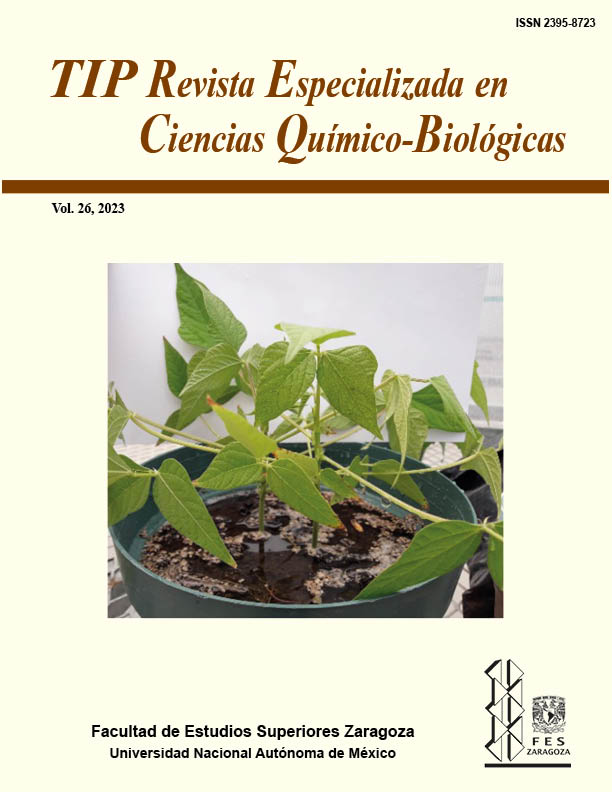Abstract
For years, it was considered that the most important function of mitochondria was to provide the cell with energy in the form of ATP or even to function as a buffer of the cytosolic calcium concentration. However, it has been shown that mitochondria are a key part of signaling cascades or either, they establish shared functions with intra- and extracellular structures, allowing to maintain homeostasis and cell function. In addition, there are several reports showing that healthy cells are capable of transferring mitochondria to the bloodstream or to damaged cells with the aim of providing protection or to improve their bioenergetic condition under specific conditions. The signaling mechanisms for the recognition of marker molecules are decisive to establish the transfer of mitochondria between cells through vesicular structures or tunnels (TNT), among other systems. Currently, it has been developed strategies for mitochondrial isolation, which in turn, are injected into the tissues allowing their functional recovery, opening the door to what has been called “mitochondrial medicine” or “mitocure”. Although these findings suggest that mitochondria could be a new prophylactic method for diseases or metabolic disorders, it is also necessary to analyze mitochondrial transfer may not always be positive for the organism in certain ailments.TIP Magazine Specialized in Chemical-Biological Sciences, distributed under Creative Commons License: Attribution + Noncommercial + NoDerivatives 4.0 International.



